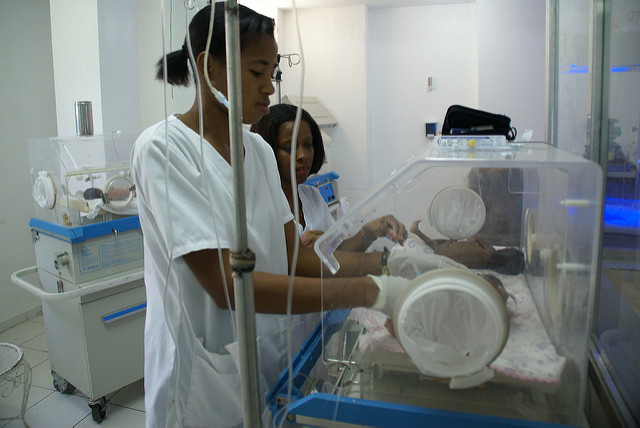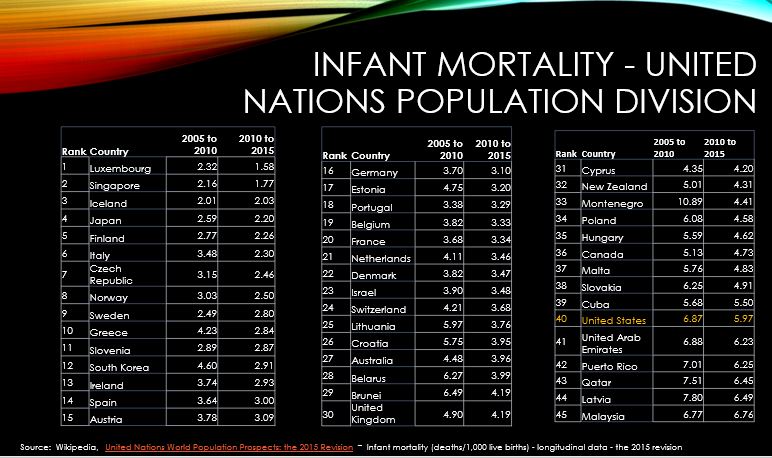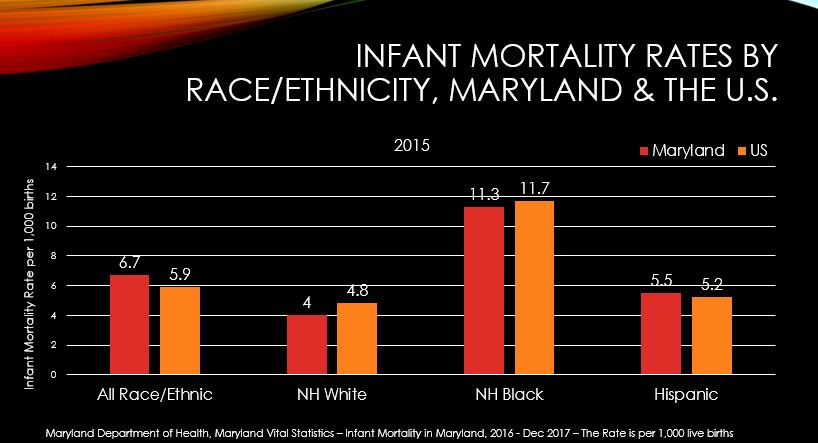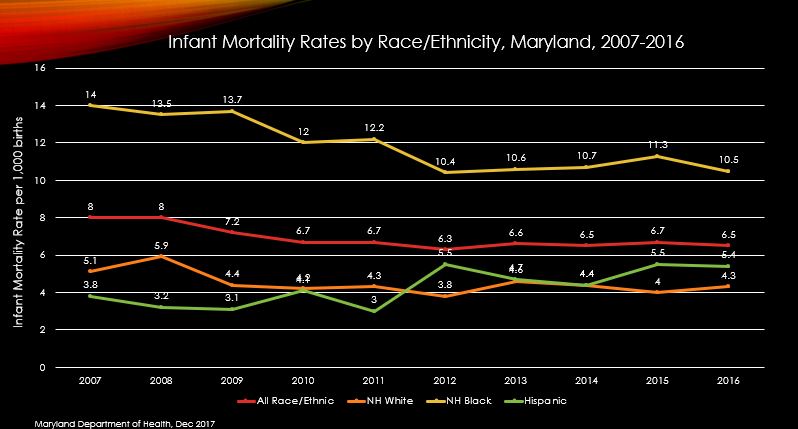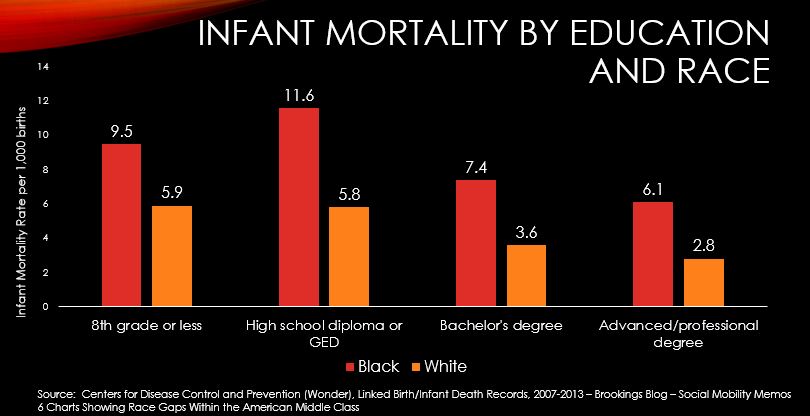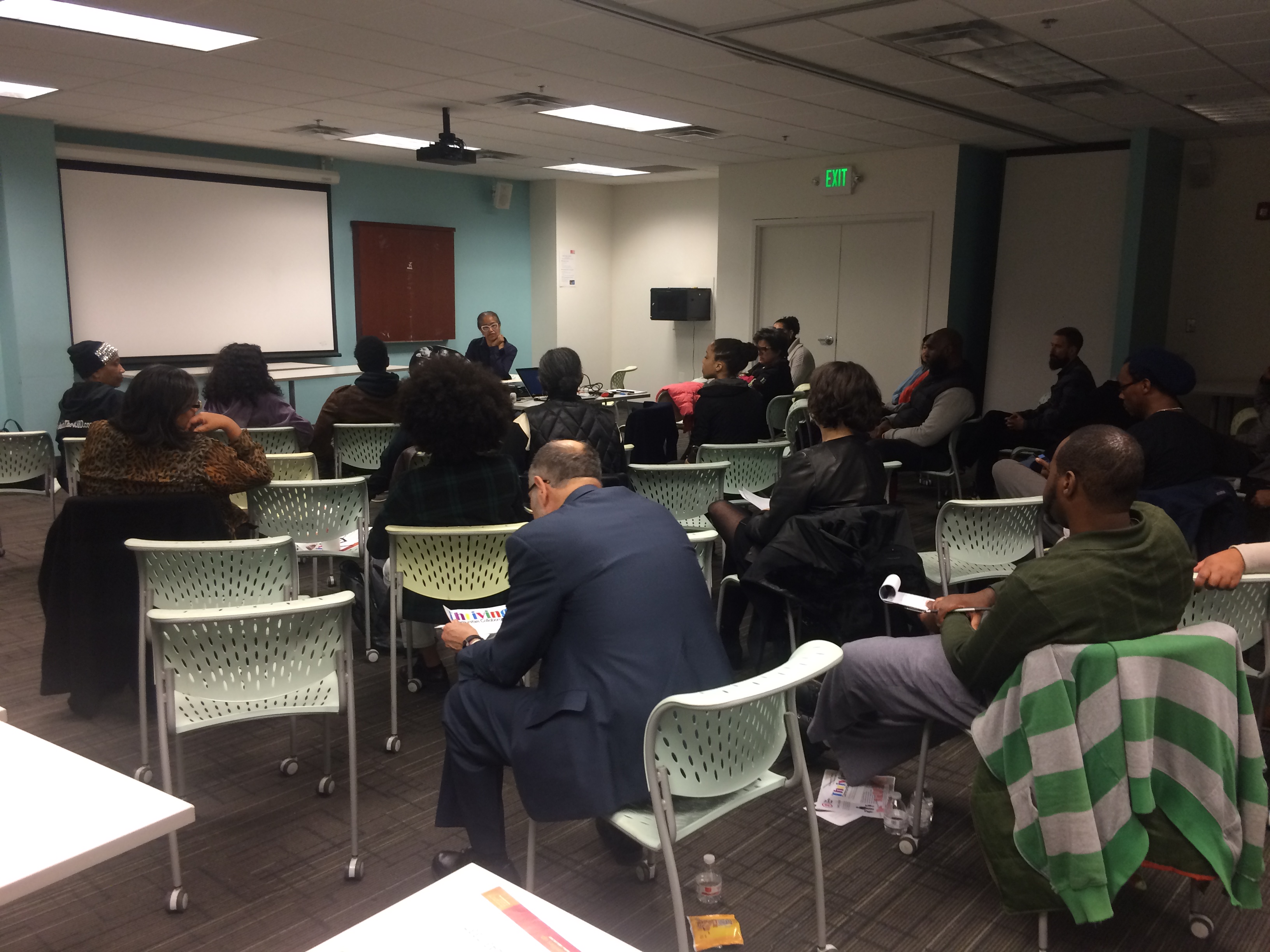This week, we had the opportunity to hear, the President give his State of the Union address where he painted a rosy picture of the US economy and the initiatives undertaken by the legislative and executive branches. We also had the opportunity to hear the opposition party’s response, which though not so rosy, was in fact, hopeful.
What was missing from both of those speeches was a reckoning with the State of All of Our Communities. The Thriving Communities Collaborative (TCC) believes that for communities to thrive, individuals and families that make up those communities have to thrive.
How are we doing on that right here in Baltimore City? In Chicago? In Mississippi? In Alabama? What is the State of Our Communities?
Last week, the TCC held an encore screening of one of the episodes from California Newsreel’s documentary series, Unnatural Causes: When the Bough Breaks at the event, Racism and Trauma: How Racism Gets Under Our Skin. The film explores how racism gets embedded in our bodies and affects birth outcomes. Though released in 2008, it’s messages are still relevant and resonated with our audience.
I wish I could remember where it was said, perhaps it’s in the film, but one can look at the infant mortality rates of a nation kind of like a canary in a coal mine. When the infant mortality rates are high, we know there’s trouble.
Why is it that a county as wealthy as the United States has an infant mortality rate that falls behind countries like Cuba, Slovakia, and Malta – a rate that is more than three times the rate in Singapore?
It seems that the biggest factor causing these poor outcomes for so many families is racism. The film explores the evidence and science supporting this as well as strategies for addressing it.
But before we even got to the film, we spent some time digging into what racism is and how it plays out in this country. We used a video of Dr. Camara P Jones telling her story of The Gardener’s tale to paint a vivid portrait of how this works on a systemic level, between individuals, and on a personal level.
We used the YouTube video above, but there is also a more recent TedxEmory Talk that shares even more stories that help to explain racism. In fact, in that same TedxEmory Talk, Dr. Jones defines racism this way.
Racism
A system of structuring opportunity and assigning value based on the social interpretation of how one looks (which is what we call “race”)
- Unfairly disadvantages some individuals and communities
- Unfairly advantages other individuals and communities
- Saps the strength of the whole society through the waste of human resources
As I mentioned earlier, the film was produced in 2008, so we provided updated statistics for added perspective. The following two charts show infant mortality in Maryland versus the US and Maryland trends over time. Both charts are taken from the Maryland Health Department’s, Maryland Vital Statistics Infant Mortality in Maryland, 2016 published in December of 2017.
As you can see in 2015, overall Maryland, at a rate of 6.7 per 1000 live births, has a higher infant mortality rate versus the 5.9 overall rate for the U.S. This is driven by the fact that Maryland has a high percentage of black residents with an 11.3 infant mortality rate, almost three times that of non-hispanic whites (4.0).
This gap in infant mortality between whites and blacks has persisted even though infant mortality has improved overall since 2008. We saw a big drop in the non-Hispanic black infant mortality rate from 2007 to 2012, from 14.0 to 10.4, but since that time it’s stagnated, even increasing in 2015 for blacks and in 2016 for whites.
Clearly, there is room for substantial progress, particularly when you see countries like Italy, with rates of 2.3. In other words, we know how to fix this. We just don’t value non-white human lives enough to take those steps.
As the film also points out, the gap between black and white infants still persists when you account for education and income. A 2016 article from the Brookings Institute explored racial gaps in the middle class and demonstrated how even the attainment of advanced degrees didn’t protect black families from experiencing poor health outcomes. On average, a white woman with an 8th-grade education or less experiences better birth outcomes than a black woman with a professional degree.
Though community members and practitioners attending the screening expressed their frustration with the lack of concern and evident lack of concern for human life, like the film, they did suggest solutions to address this “inaction in the face of need.”
Solutions included:
- Empower ourselves through voting
- Increase our information about financial matters and pursue entrepreneurship
- Educate ourselves on how capitalism works
- Change the narrative — don’t wait for someone to rescue us — we need to rescue ourselves
- Don’t neglect self-care
- Take ownership of actions
- Encourage whites to engage in fixing this broken system that they have imposed
- Talk to our elected officials
- Expose untruths
- Advocate for interventions for pregnant women
Importantly, now that we have this information, we have to act. Many of the community members who attended the screening/discussion are tired of talking and are ready for action. Are you?
If you would like to view the film, you can screen it personally on demand for $1.99. We have only touched upon some of the many issues and points that it raises.
Notes & Additional Resources:
David Williams TED Talk – How Racism Makes Us Sick
Miriam Zoila Pérez TED Talk – How Racism Harms Pregnant Women & What Can Help
Thanks to the Center for Urban Families for their continued support of the TCC initiatives. Without their gracious offering of space, these events would not be possible.
Photo of infants w/nurses in incubators is courtesy of Direct Relief’s photostream.
Canary photo is courtesy of Matt Elsberry’s photostream.

